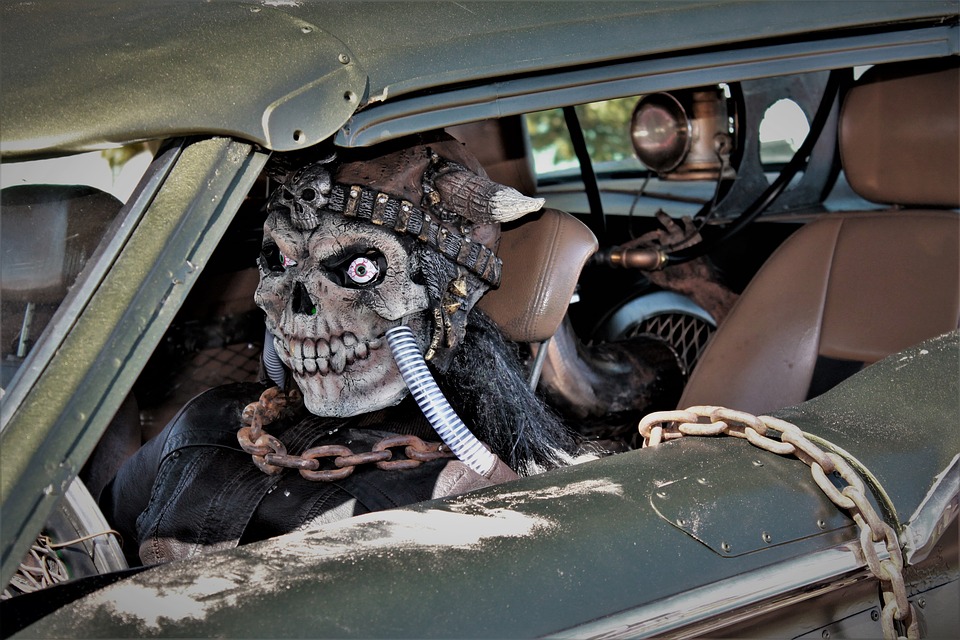Fictional villains have a unique appeal, a new study reports, as they allow us a safe space to explore our own darker sides.

Every great book or show needs a good hero to keep the story moving — but what is a hero without his nemesis? Villains like Voldemort, Vader, or the Joker may be dark, even evil, but they hold a unique appeal, a new paper reports. However, this isn’t a cause for concern, the team explains. Fiction allows us a safe space to explore our own similarities to the villains without jeopardizing our own self-image.
Let him without sin cast the first stone
“Our research suggests that stories and fictional worlds can offer a ‘safe haven’ for comparison to our darker selves,” says Rebecca Krause, a PhD candidate at Northwestern University and lead author on the paper. “When people feel safe, they are more interested in comparisons to negative characters that are similar to themselves in other respects.”
“People want to see themselves in a positive light. Finding similarities between oneself and a bad person can be uncomfortable.”
While we’d probably recoil from such individuals in the flesh, fiction allows us to enjoy and even feel the allure of villains, the team explains. This shift, they found, comes down to works of fiction acting like a ‘safety net’ that allows us to identify with the characters and analyze the similarities between us without damaging our own self-image.
Past research has shown that people deeply dislike others who are similar to them in many ways with additional negative features such as obnoxiousness, instability, and treachery. Such antisocial traits in someone similar to us may be a threat to our image of ourselves by implying that the same tendencies may be found in ourselves, the thinking goes. And that, psychologically speaking, is a big no-no.
Put that same individual behind a layer of abstraction, however (for example by making it fictional) and that discomfort can be removed or even reversed, explains Krause and her coauthor and advisor Derek Rucker.
“When you are no longer uncomfortable with the comparison, there seems to be something alluring and enticing about having similarities with a villain,” explains Rucker.
“For example, people who see themselves as tricky and chaotic may feel especially drawn to the character of The Joker in the Batman movies, while a person who shares Lord Voldemort’s intellect and ambition may feel more drawn to that character in the Harry Potter series,” said Krause.
For the study, the team analyzed data from CharacTour, an online, character-focused entertainment platform with around 232,500 registered users at the time of analysis. One of the platform’s features allows users to take a personality quiz from which they’re compared to different characters (both villains and not). Villains included characters such as Maleficent, The Joker, and Darth Vader. Nonvillains included Sherlock Holmes, Joey Tribbiani, and Yoda.
The team obtained anonymous data from these quizzes, which they used to measure whether people were attracted to or repulsed by similar villains, using nonvillains as a baseline. People were drawn to nonvillains as their similarity increased, the team explains, which isn’t very surprising — who doesn’t like relatable characters? However, they found that this attraction was strongest with villains that shared similarities with users compared to all other classes of characters.
“Given the common finding that people are uncomfortable with and tend to avoid people who are similar to them and bad in some way, the fact that people actually prefer similar villains over dissimilar villains was surprising to us,” notes Rucker. “Honestly, going into the research, we both were aware of the possibility that we might find the opposite.”
Exactly which behaviors or characteristics were found most attractive, the study could not determine. But the team does call for more research into the psychological pull of villains and why this attraction forms. The team’s working theory is that people look for chances to explore their own personal dark side and that fiction provides a safe way to do so. Such exploration allows us to “engage with the dark aspects of your personality without making you question whether you are a good person in general,” concludes Krause.
The paper “Can Bad Be Good? The Attraction of a Darker Self” has been published in the journal Psychological Science.









